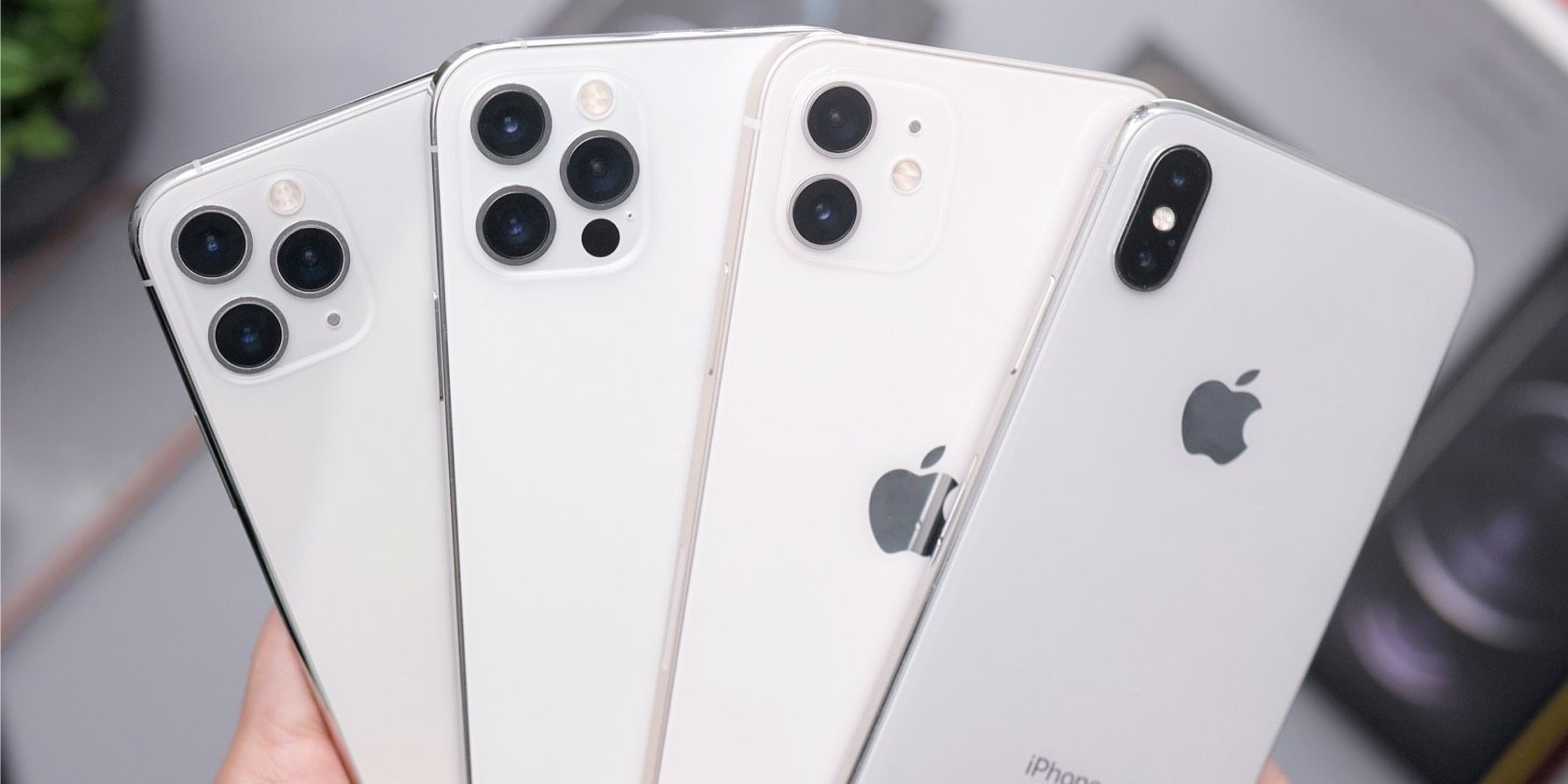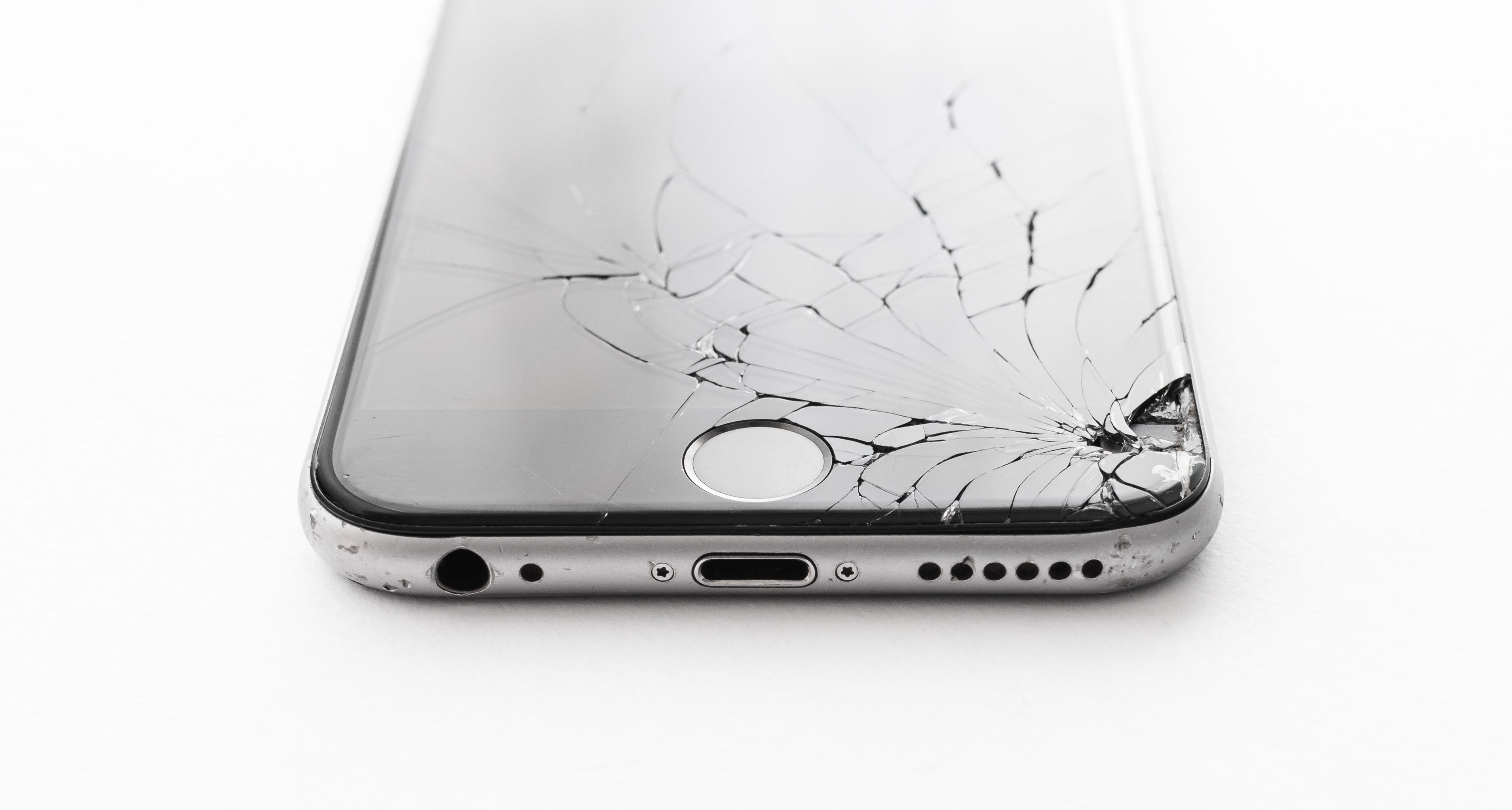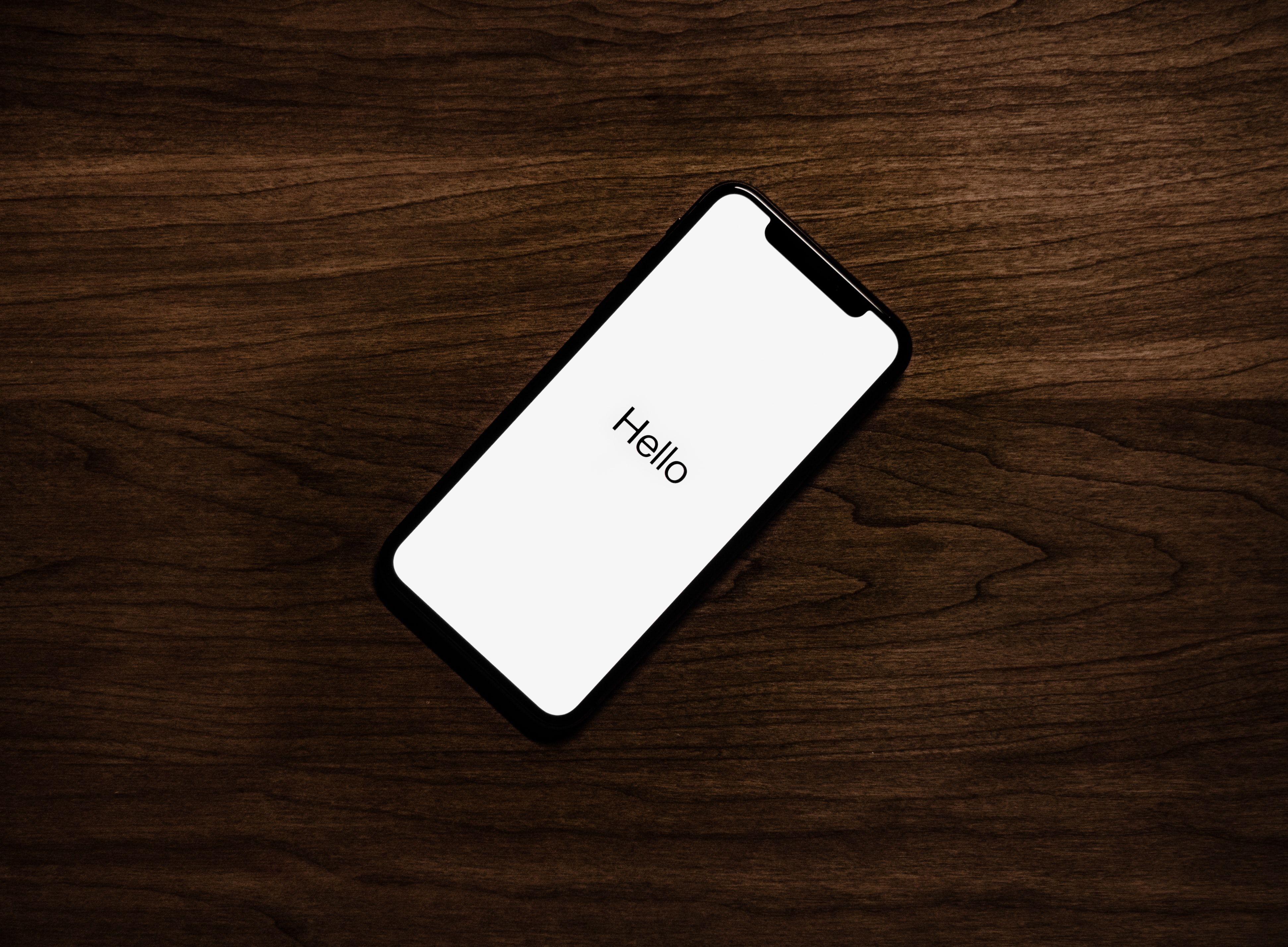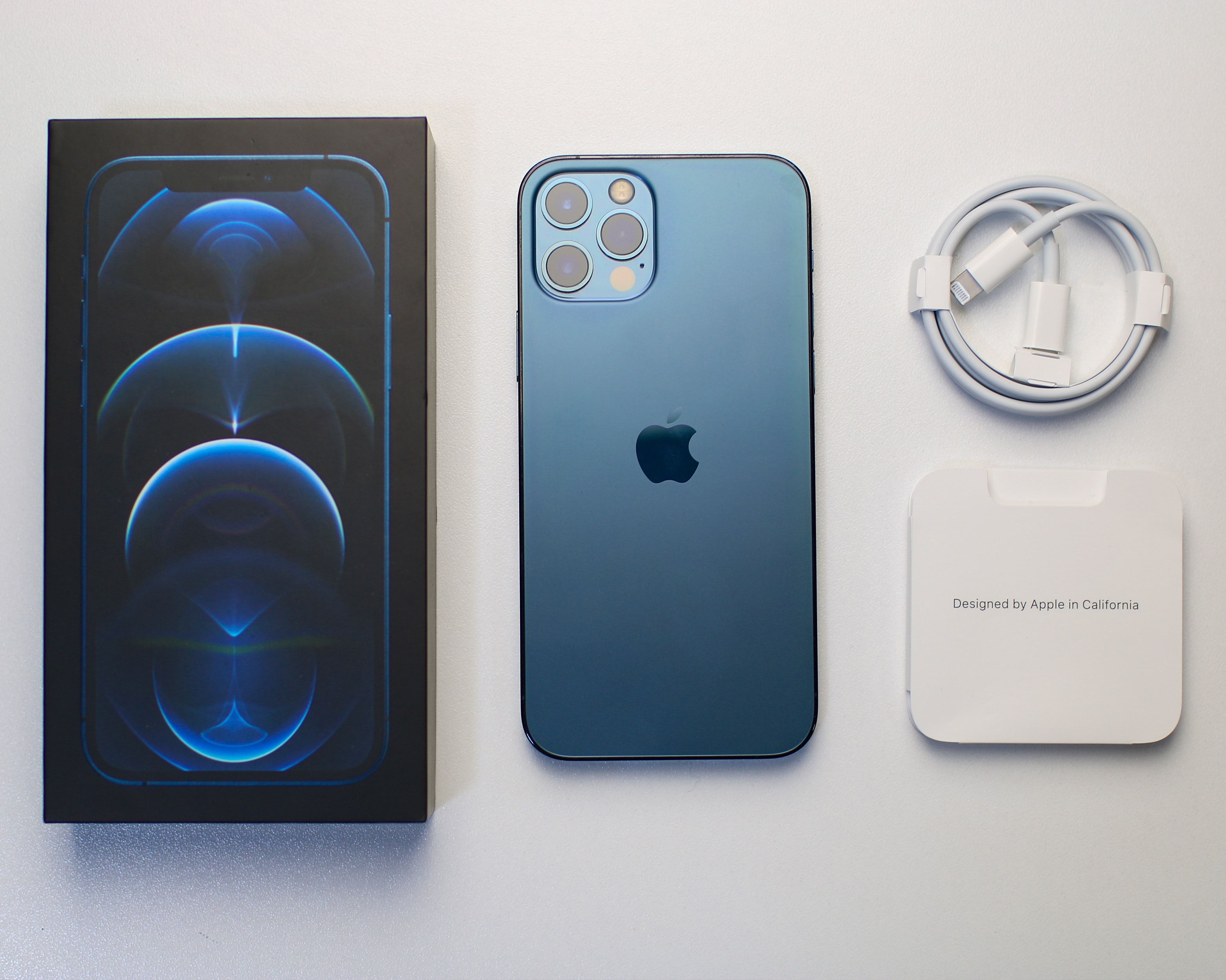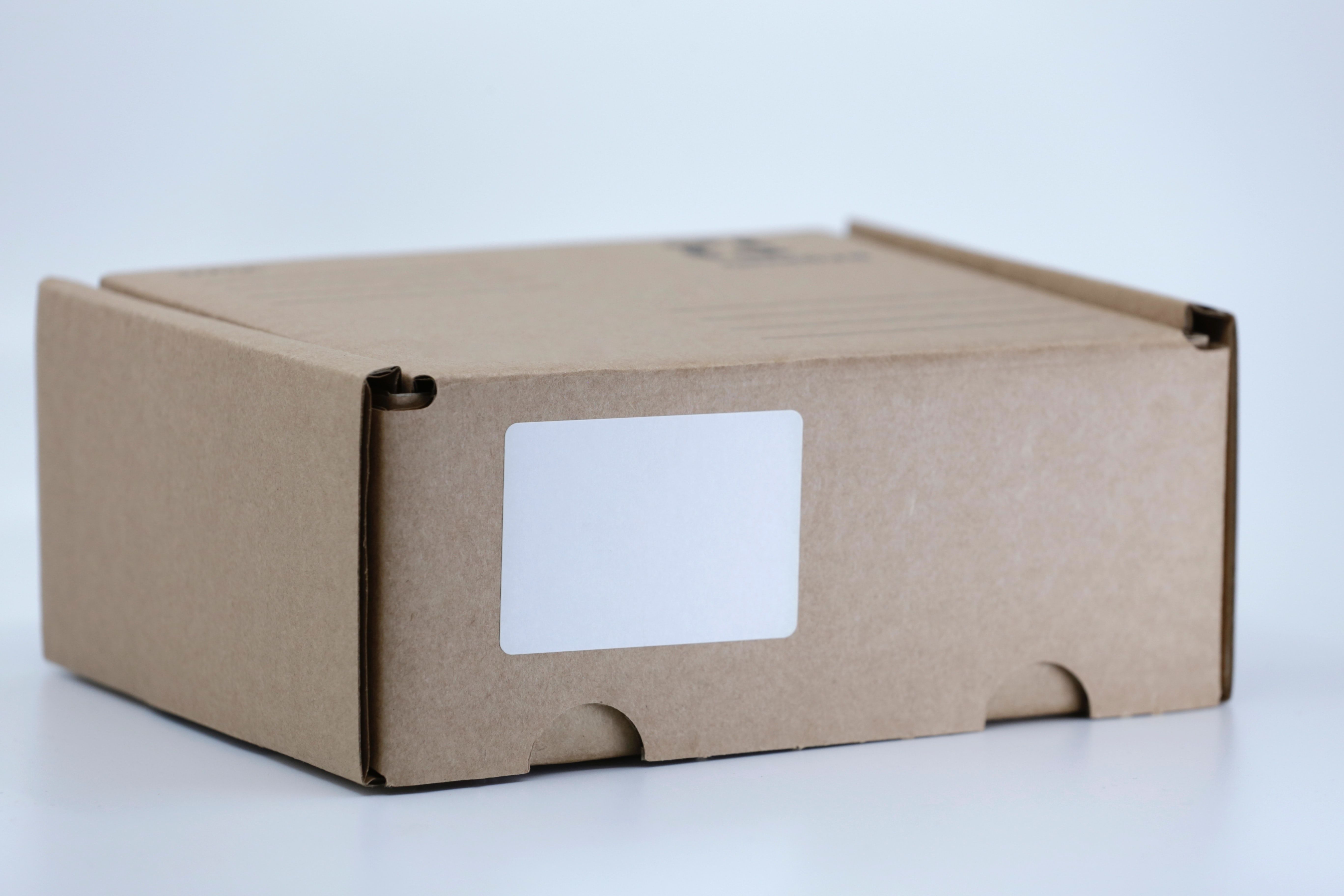When it comes to iPhones, even older models are always in demand. So, when you trade in your old iPhone for a new one, there is usually someone who will do anything possible to get their hands on it.
However, trading in your iPhone does come with its own set of risks. Here are a few simple steps that every iPhone owner should take before passing on your old Apple device:
1. Back Up Your Data
Before you do anything, the first thing that you have to do before trading in your iPhone is to back it up. There are two ways how you can back up an iPhone—hardware and cloud.
When choosing where to back up your device, it will depend on a variety of factors. For example, you will need to know how often you want to access the information, the availability of space on your computer or external hard-drive, or if you have any existing cloud subscriptions.
In general, it is best to back up information you frequently access in an accessible location, such as your desktop or iCloud. On the other hand, you can transfer things like photos, documents, and other non-essential information to your external hard drive instead.
2. Document Your Device
If you are trading in your device, there might be some contention for how much it is worth. In fact, you may come across refurbishing companies who will try to lowball you for the actual value of your device.
To prevent any contention on what your iPhone looks like, what it can do, and if there are any known issues, make sure to take photos and videos of your iPhone in action. Here are some things you should definitely document:
- Battery health page
- Testing the touchscreen
- Taking a photo
- Playing music on the speakers
- Sending and receiving texts
- Superficial damages (e.g. scratches, dents)
When doing this, make sure to document everything using another device. In addition, make sure to save a copy of these photos and videos, in case there are issues dues to poor handling during delivery or in the hands of the third party refurbishing company.
3. Reset Your Device to Factory Default
After backing up your data, the next thing that you need to do is to make sure it's restored to factory settings. Resetting a device back to factory settings is the only way to ensure that all pictures and data on your phone are removed.
Otherwise, the company doing the refurbishing will be able to see this information when they view the device after purchase. Some information which can be seen without a factory reset is credit card information, passwords, search history, photos, and videos.
In addition, your iPhone will retain all the permissions which have been granted to it through the various apps associated with your iCloud account.
How to Restore iPhone Factory Settings
To restore the phone to factory settings, here's what you have to do:
- Go to Settings.
- Tap General.
- Select Transfer or Reset iPhone.
- Choose Erase All Content and Settings.
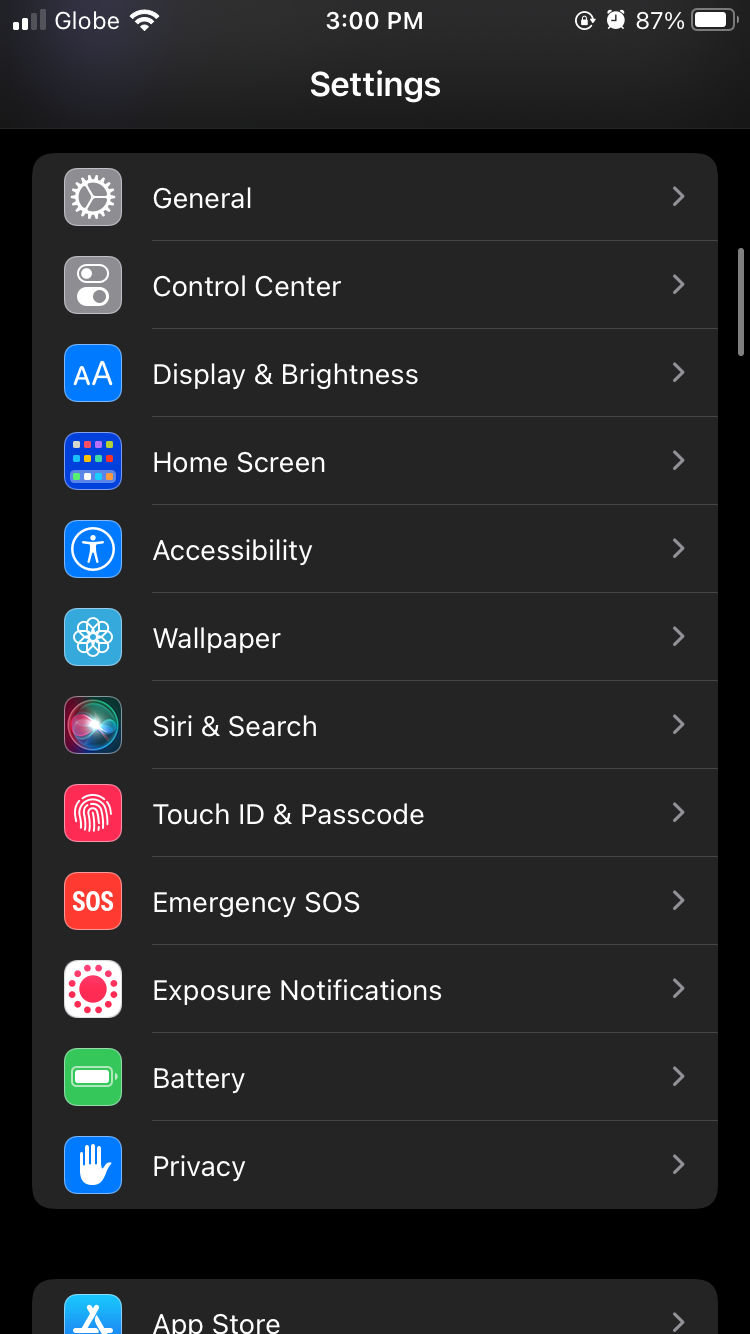
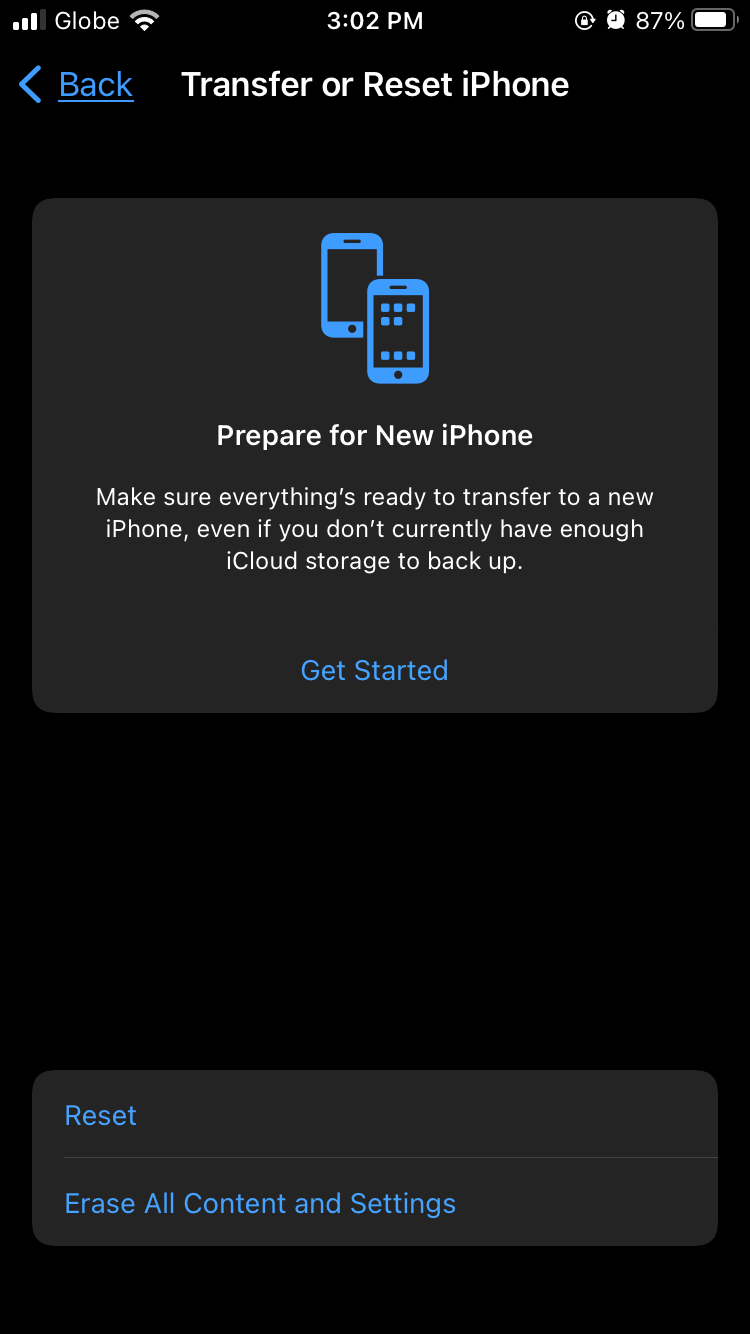
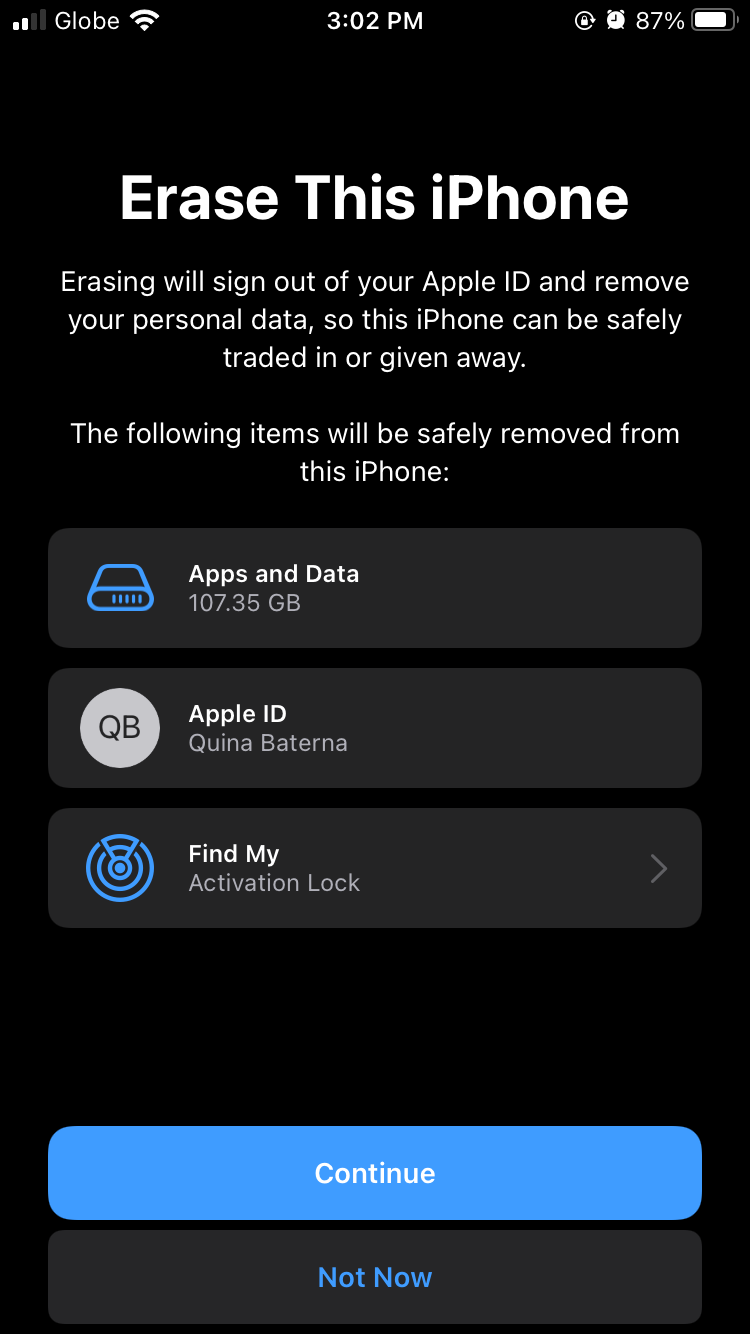
During the reset process, Apple will review the existing data in your iPhone. Be sure that you're willing to have everything on your device deleted before proceeding. With this, even if your device is lost in transit, they will not be able to get any valuable information from you.
4. Remove Any Case or Cover
When trading in your iPhone, you should remove any case or cover which you have attached. While selling second-hand iPhones with cases to other people directly can net you higher rates, it doesn't make much of a difference for companies accepting devices for trade-in.
In most cases, prospective buyers like to inspect second-hand iPhones for physical damage before purchase. If there's no physical damage on your iPhone, this is an easy way to increase its worth. With this, a case is not only unnecessary but can prevent buyers from easily checking the device for any flaws.
However, if you're planning to trade your device through mail-in, it is still important to wrap the device safely and securely to avoid damages during shipment.
5. Find the Original Packaging
Although it doesn't affect the quality of the second-hand iPhone, a lot of prospective iPhone buyers and trade-in companies prefer devices which have the original packaging. Not only is this a convenient way to ship the device safely, but it also serves as proof that you were the original owner of the device.
In some cases, thieves attempt to trade stolen iPhones, causing problems for the reseller and the prospective buyer in the process. With the original packaging, refurbishing companies can also examine if the serial numbers match the one on your device.
6. Ship It Off (Optional)
These days, many companies are offering alternatives to trading iPhones without ever leaving your home. When it comes to trading your device through mail-in, there are several things you should consider: packaging, forms, and shipping.
If you are shipping the devices for the trade-in process and no longer have the original packaging, you may want to use a sturdy box to avoid damaging the iPhone.
Aside from this, it's also a good idea to add bubble wrap, newspaper, or foam for added protection. You can also use sturdy tape to make sure it is difficult to open the package without a cutter or scissors. If possible, opt for colored tape (instead of plastic) so that it is easy to tell if the package has been tampered with.
Should you be trading in your device for mail-in with Apple, you should make sure to fill out the form on its website accordingly. Then, print the shipping tags, attach it to your packaged iPhone, and follow the instructions for the device pick-up.
Before sending off the packaging, make sure to take a photo of a package as proof of delivery. With this, you can have proof of what your package looks like before turning it over.
Keep Your iPhone Safe During the Trade-In Process
Between you and the next owner of your device, there are numerous hands that your iPhone may need to pass through. For this reason, it's best to make sure that your device is wiped clean of anything that you don't want anyone to access. With these tips in mind, you can protect yourself from possible security and privacy breaches that may occur.
In addition, while there are many companies out there offering attractive alternatives for trading in your iPhone, there are many advantages to doing so with Apple. Compared to third-party services, Apple offers several other incentives such as credit storing, mail-in trading, and so on, which makes the trade-in process easy, straightforward, and safe.

